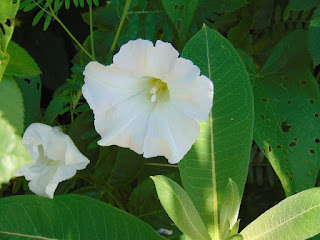Woolly Thyme Thym Laineux usage propriété
Extrait de :
http://www.naturalmedicinalherbs.net/herbs/t/thymus-pseudolanuginosus=woolly-thyme.php
Herb: Woolly Thyme
Latin name: Thymus pseudolanuginosus
Synonyms: Thymus lanuginosus, Thymus serpyllum lanuginosus
Family: Labiatae
Medicinal use of Woolly Thyme: The leaves, and especially the essential oil contained in them, are strongly antiseptic, deodorant and disinfectant. The plant can be used fresh at any time of the year, or it can be harvested as it comes into flower and either be distilled for the oil or dried for later use.
Description of the plant:
Plant:
Evergreen
Shrub
Height:
5 cm
(2 inches)
Flowering:
July to
August
Habitat of the herb: Not known in a wild situation
Edible parts of Woolly Thyme: The leaves have a thyme scent and are used as a flavouring in food.
Other uses of the herb: An essential oil is obtained from the leaves.
Propagation of Woolly Thyme: Seed - sow spring in a cold frame. Seed can also be sown in autumn in a greenhouse. Surface sow or barely cover the seed. Germination can be erratic. When they are large enough to handle, prick the seedlings out into individual pots and grow them on in the greenhouse for at least their first winter. Plant them out into their permanent positions in late spring or early summer, after the last expected frosts. Division in spring or autumn. Larger divisions can be planted out direct into their permanent positions. We have found that it is best to pot up smaller divisions and grow them on in light shade in a greenhouse or cold frame until they are growing away well. Plant them out in the summer or the following spring. Cuttings of young shoots, 5 - 8cm with a heel, May/June in a frame. Cuttings of half-ripe wood, 5 - 8cm with a heel, July/August in a frame. Layering.

Commentaires
Publier un commentaire